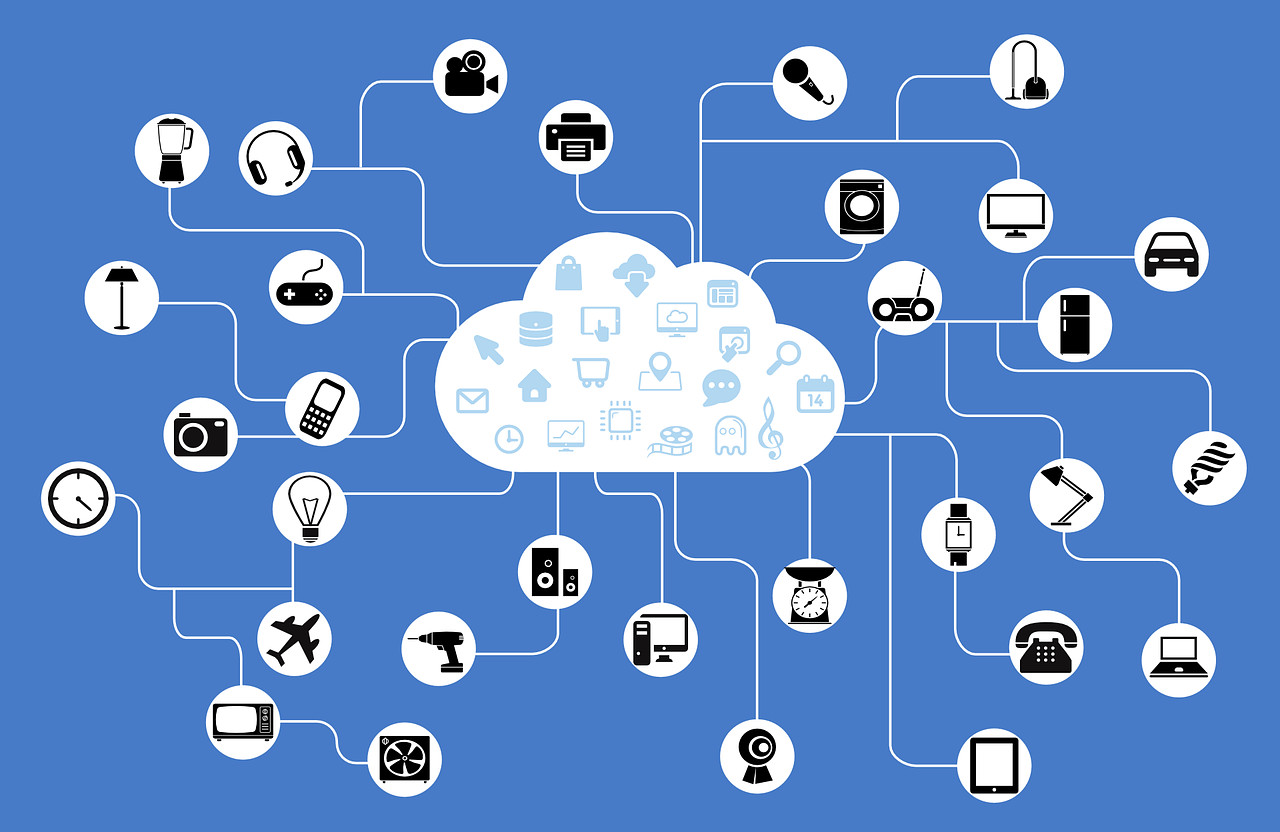Why 2018 could be a decisive year for IoT
Major report highlights struggle between competing technologies over the next year.

The run-up to Christmas may not be ideal time to release a report setting out the state of the Internet of Things market, or looking at the future of connected cars.
However a new release from analyst firm Analysys Mason makes for interesting reading as we prepare for the start of 2018. In many ways, there has been a huge amount of activity in 2017 but, according to the report, that’s what could make 2018 such an exciting time for connected technology.
As the report notes, “the billion-dollar acquisitions or contract wins of previous years have been absent in 2017. That said, telecoms operators have been building out IoT connectivity networks, adding capabilities and working with the broader ecosystem. All of which should set the market up for an active 2018.”
One of the big questions facing the IoT market is what connectivity technology is going to be used. Here Analysys Mason sees a big split, primarily in China, where the drive is towards Narrowband IoT (NB IoT), the technology being supported by all three national operators as well as the government.
However in the US, much of the impetus is towards LTE-M, which is currently being rolled out by AT&T and Verizon in a push to accelerate deployment.
Analysys Mason predicts a major change will soon come, as the report claims that Verizon is looking to support both technologies. For report co-author Tom Rebbeck, this is not a seismic shift in policy. “It’s not a big deal to support both technologies, it adds maybe 20 per cent to the production costs,” he notes.
The report points out that Telia is also uses both systems, and as Rebbeck points out, that’s a small price to pay to able to support global technologies. Analysys Mason does predict, however, that no firm will be launching both technologies at the same time – there’ll be one first.
Are you a pro? Subscribe to our newsletter
Sign up to the TechRadar Pro newsletter to get all the top news, opinion, features and guidance your business needs to succeed!
Alternative
One area that’s not mentioned in the report is LORA, a third option for connecting IoT devices. Rebbeck says that this is a technology that’s stronger in Europe – particularly France, Switzerland and the Netherlands – rather than in the US or China. “Although,” he says, “there are pockets of LORA in other parts of the world: Dr Peng is doing things with LORA in China as is Comcast in the US.”
What is going to be interesting is to see how the operators react. We’ve already seen that Verizon is likely to be offering both but other providers could well take alternative approaches. “We could see different operators taking different strategies, whether that’s narrowband IoT or LTE-M or what,” he says. “This gives them a point of differentiation as it’s going to be hard to differentiate on price – this is a low-cost business.”
But, as he points out, there may be some specific elements in this. “Take the Apple Series 3 Watch, there’s a possibility that this will support LTE-M. If it does: that what would give an operator who promotes LTE-M a short term benefit.” However, this is not a likely outcome; as the report points out “This is a stretch given the status of the technology at the end of 2017, but LTE-M will support voice and streaming music (arguably a more important use case than voice) and uses lower-cost modules and, crucially, provides better battery life. In many countries, at least one operator will support LTE-M by mid-2018. An Apple Watch on LTE-M is not likely in 2018, but it is possible.”
While it’s not about costs, there are some differences between the technologies. “There are some differences, LTE-M carries voice, for example,” says Rebbeck. “While NB IoT is cheaper and has a longer battery life. LORA is even cheaper and has an even longer battery life.” He says that this is causing a problem for manufacturers who need to decide what technology to support. “There will be consumer electronics manufacturers who are delaying an investment decision because they want a technology.”
But, he says, this indecision about what technology to support is not redolent of the battle between VHS and Betamax in the consumer electronics space. “They’re both variations of LTE and they’re going to co-exist,” he says.
Connected automotive
The report also draws attention to the battle between LTE-M and NB IoT in the connected automotive market, where there’s a competition between cellular vehicle-to-everything (C-V2X) and 802.11p technology.
However, in this instance, this is not so much an issue that’s going to be decided by the providers, this could well depend on some state intervention. As the report points out, “Much attention will be on the European Commission and whether it decides to mandate V2X. A decision either way could have a significant impact on the success of either the LTE-derived C-V2X technology or the 802.11p standard.”
As Rebbeck explains, the EU would have other governments on their side – the US and China governments have already announced their support of 802.11p.
So, while we wait to see what the market decides on IoT technology, it looks like state intervention could be deciding factor in the connected automotive world. It will certainly be interesting to see which one stimulates the market to the greatest degree.